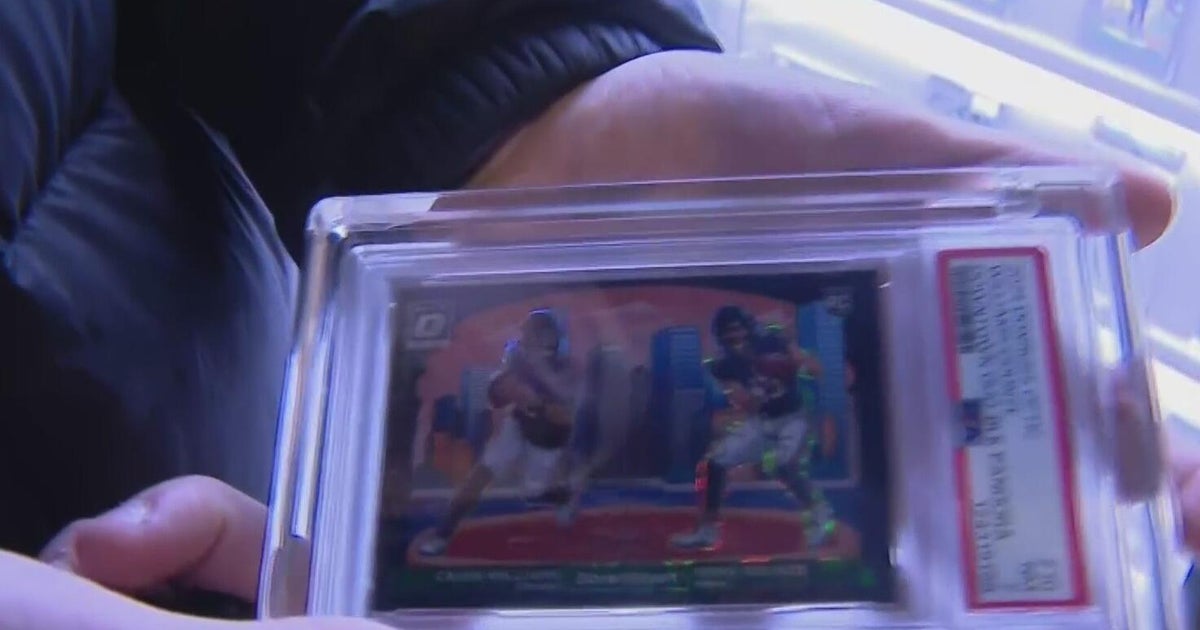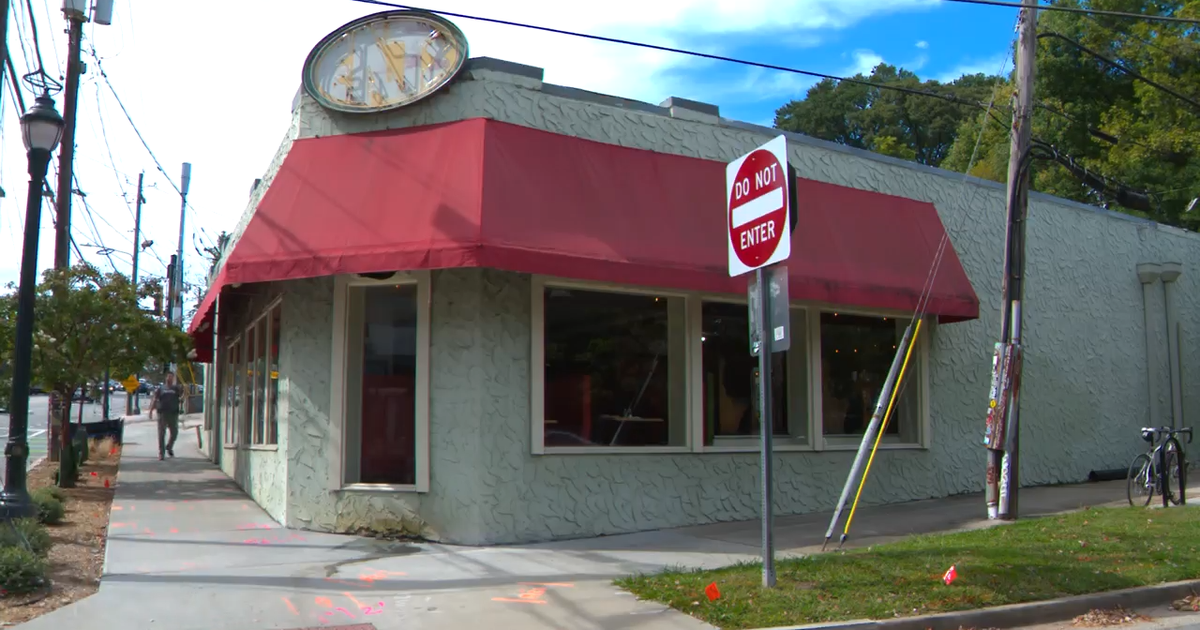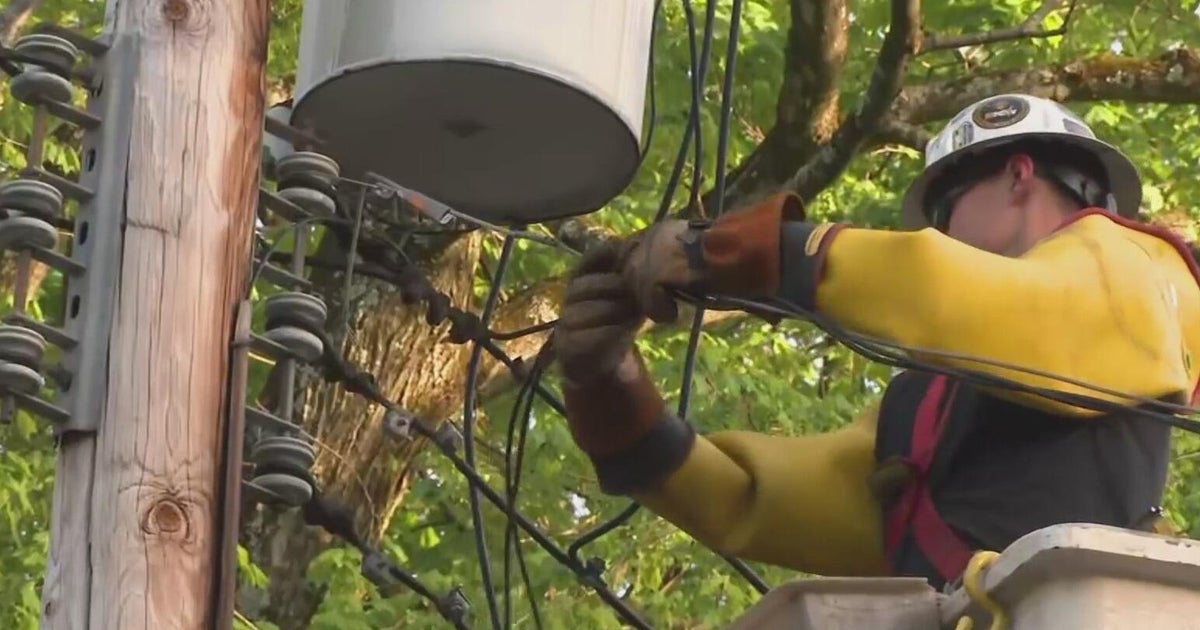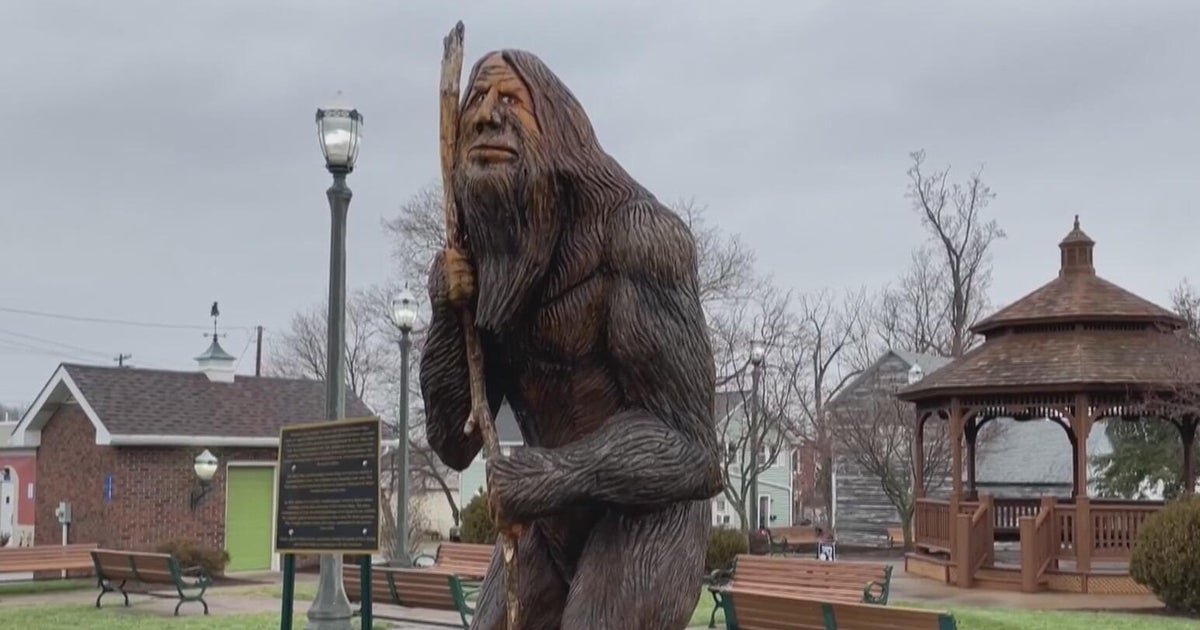Salon Series: Appetite for Art
The event was the most recent iteration of the Salon Series, the engaging evening hosted by artist John Coyle Steinbrunner. The series, which has been running since October 2009, displays work by an area artist, and over dinner, the salon participants have a discussion about the work. Steinbrunner recently talked with CBSChicago.com about how he developed the event and what it adds to the Chicago arts scene.
CBSChicago.com: What made you decide to start the Salon Series? When was the first?
John Coyle Steinbrunner: The Salon Series (TSS) began as a way to solve a problem and fill a need. The problem was the recession—it simply wasn't doing anything for sales—and the need was a way to market my work to a broader audience and also set up a way to get critical feedback from colleagues, collectors, friends and strangers. The original concept was to throw together shows in vacant retail spaces on a one-month lease. My good friend Tom MacDonald, owner of The Bluebird, Webster Wine Bar and Telegraph, offered to show my pieces in the back room of The Bluebird. That led to a rethinking of the TSS concept to include food and drink—to make an evening that was inviting, casual and communal that still asked for a high bar of intellectual curiosity and intelligent feedback and discussion.
I kicked off TSS as a joint show of my work with Mary Livoni in October 2009. What was meant to be three dinners grew to six before we finally ran out of things to say to each other and our audience. The feedback I'd received on the dinners encouraged me to keep it going. So I did.
CBSChicago.com: How do you decide which artists to feature?
JCS: It's really an organic process. I talk to friends, colleagues, artists I admire and artists who write in through the website. There are two criteria to be considered: does the artist invest himself in making quality, rigorous work, and, can they talk about it confidently in front of total strangers? When I begin talking about a possible Salon with an artist, I pay close attention to these points. Artists are chosen and dates set usually after weeks or even months of emails, get-togethers and discussions. By the time we curate and install the work and greet our guests, we have a rapport that the artist and I do our best to extend to the Salon guests.
CBSChicago.com: What's your main goal for the series?
JCS: To create connections through and to artwork. The other goals of the Series—to promote talented artists to potential collectors, to convince people to collect work, to encourage intellectual curiosity, to promote a compelling exchange of ideas—these all grow out of building connections... in person. This isn't social media vocabulary; there's not an app for this. I want real, messy interactions that are not composed behind a screen. I want people taking risks, speaking in public, having opinions and defending them. I want all the human clunkiness that comes from venturing public opinions others may not agree with.
People will invest in artwork when they establish an emotional connection with it. Talking about this stuff makes you focus harder on it. I want to lower cultural barriers-of-entry to things like art and food and wine without lowering the intellectual standards of understanding them. I want people to come and fall in love with art (absolutely hating it is perfectly fine too); just have an opinion.
CBSChicago.com: Do you know when in September the next event will be and who the artist is?
JCS: I'm talking with a few artists now, but they are not confirmed. The emphasis will be on the visual arts, but I'm continuing to branch out into other fields about which I'm curious: fashion, literature, music. I have a lot of exciting venues lined up, including a collaboration with Chef Randy Zweiban of Province, more partnerships with Abraham Conlon of X-Marx at a private residence downtown, and Salons at Rootstock and The Bluebird.
CBSChicago.com: How has the series evolved from when it first started?
JCS: It's branched out to more fields like furniture design, fashion design and live music, and I now work to find venues that suit a particular artist's work. Mike Nudelman's (May 2010 Salon) tiny drawings work in a vacant apartment; they do not work in a large, dark room like The Bluebird.
I also kicked off a "Limited Edition" series of archival prints and objects (such as Lara Miller's screenprinted scarf) to allow people who don't have the money for originals to step into collecting, affordably. These editions are in very low numbers, of very high quality, and priced to fit any budget from student to law firm partner.
It's important for me that the work be displayed for longer than the "Salon dinner" portion. As a painter, I'm very familiar with the pains of schlepping work around for one-night shows, so I try to find ways to show the work before and following the event. I'm in the process of looking for a permanent exhibition space that would showcase Salon artists' work outside of the dinners, which could also host smaller, faster-paced events.
More focus is also being put into The Salon Series website to create a platform where represented artists can continue their forum online and post updates about future shows and new work.
CBSChicago.com: Do you think the Salon has helped your own work as a visual artist?
JCS: Definitely. Having moderated The Salon Series for two years, there is an intense amount of preparation and thinking that goes into each one. I have to work through my own views of an artist's work as well as theirs and anticipate how to deliver this to a group of forty expectant guests. It's part critique, part showmanship, all fun and just a bit exhausting. There's a good deal of writing, drawing and editing involved that has strengthened my critical abilities. But the real education is the people. You approach artwork, like life, from your experiences. Your art history education is irrelevant. Just respond to this thing in front of you. When I can create an atmosphere where 20-50 people from all walks of life feel comfortable responding to that thing? That's a real education for any artist.
For more information on the Salon Series, visit www.thesalonseries.com.







